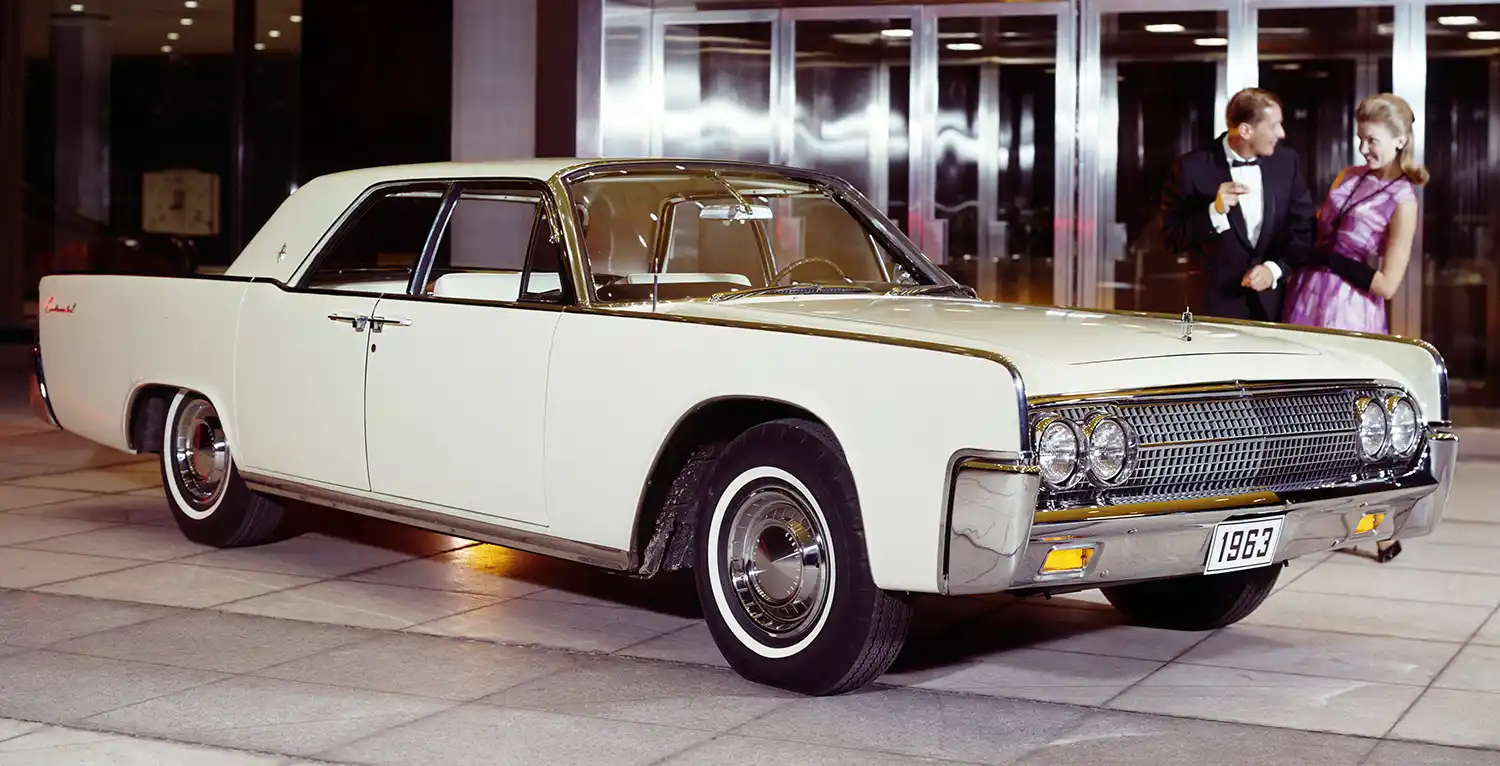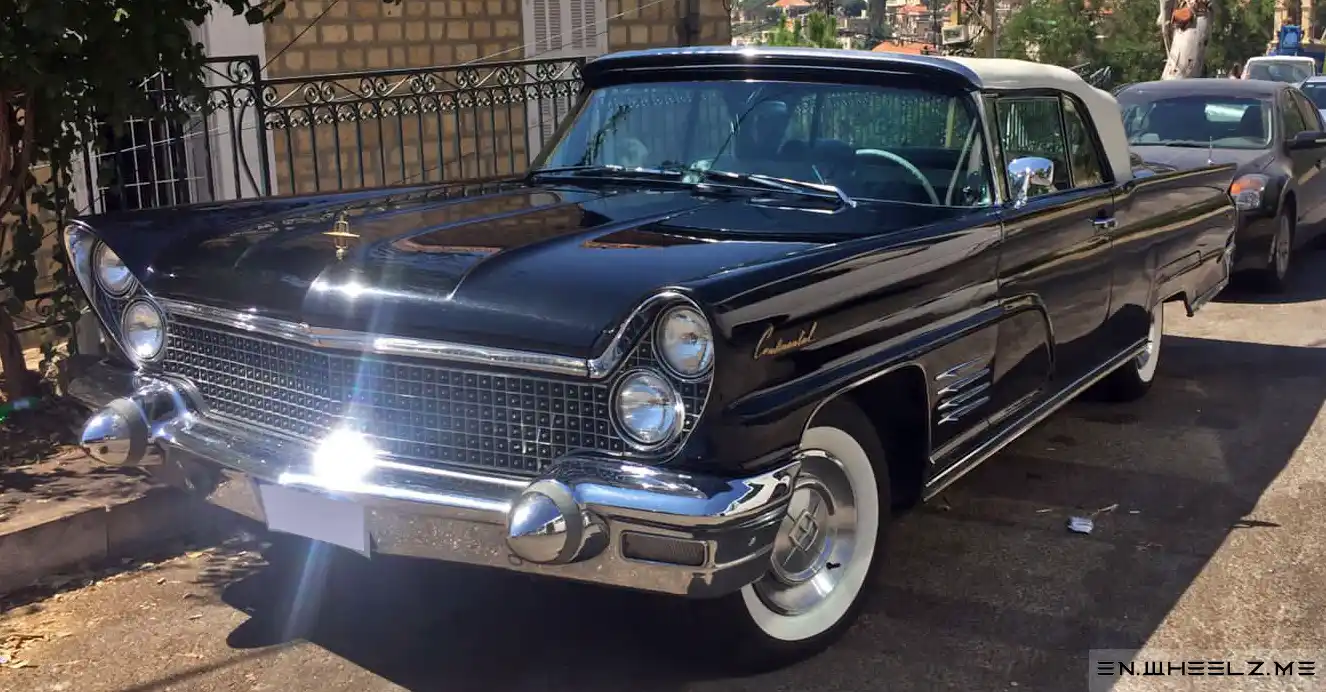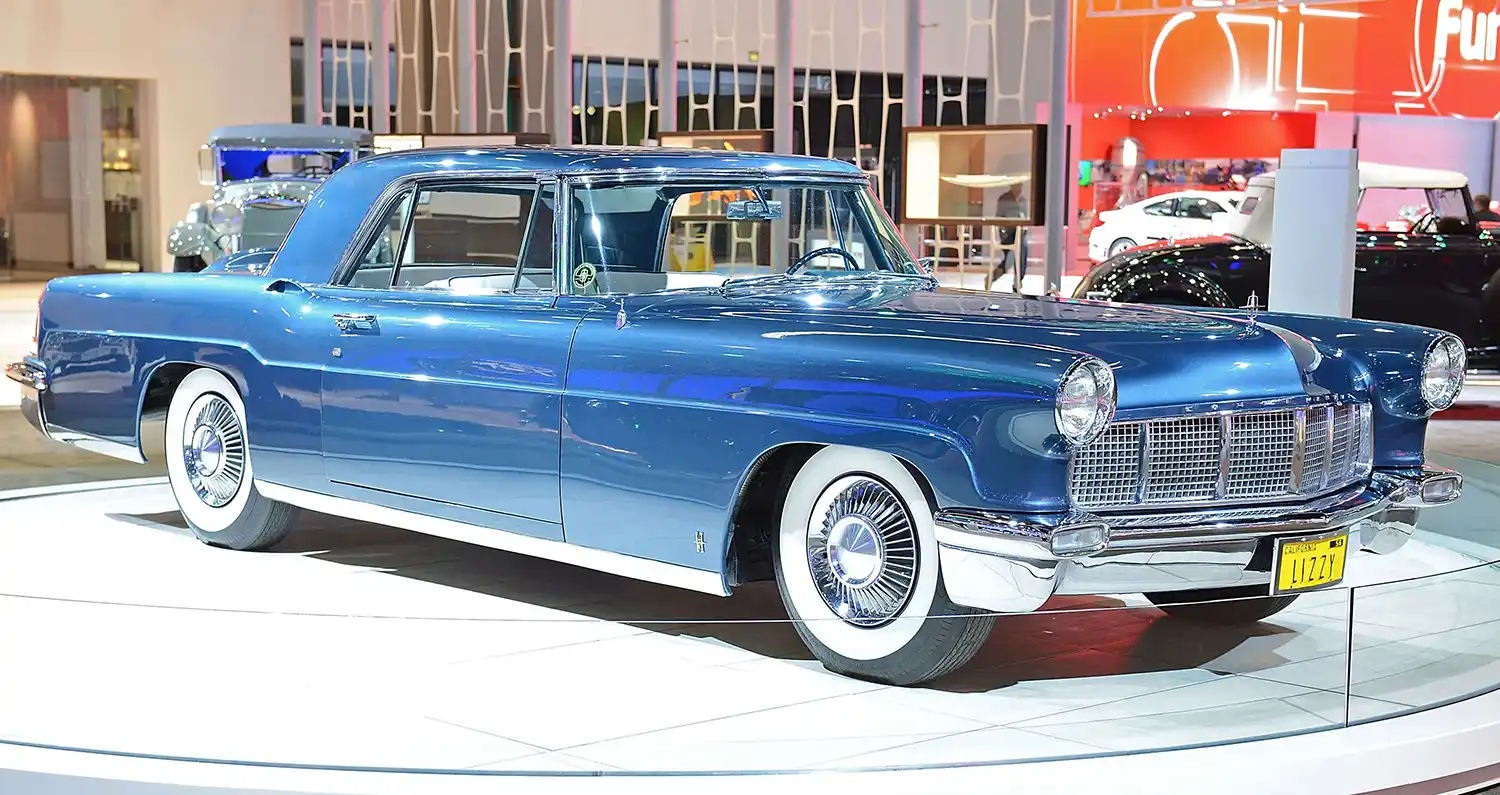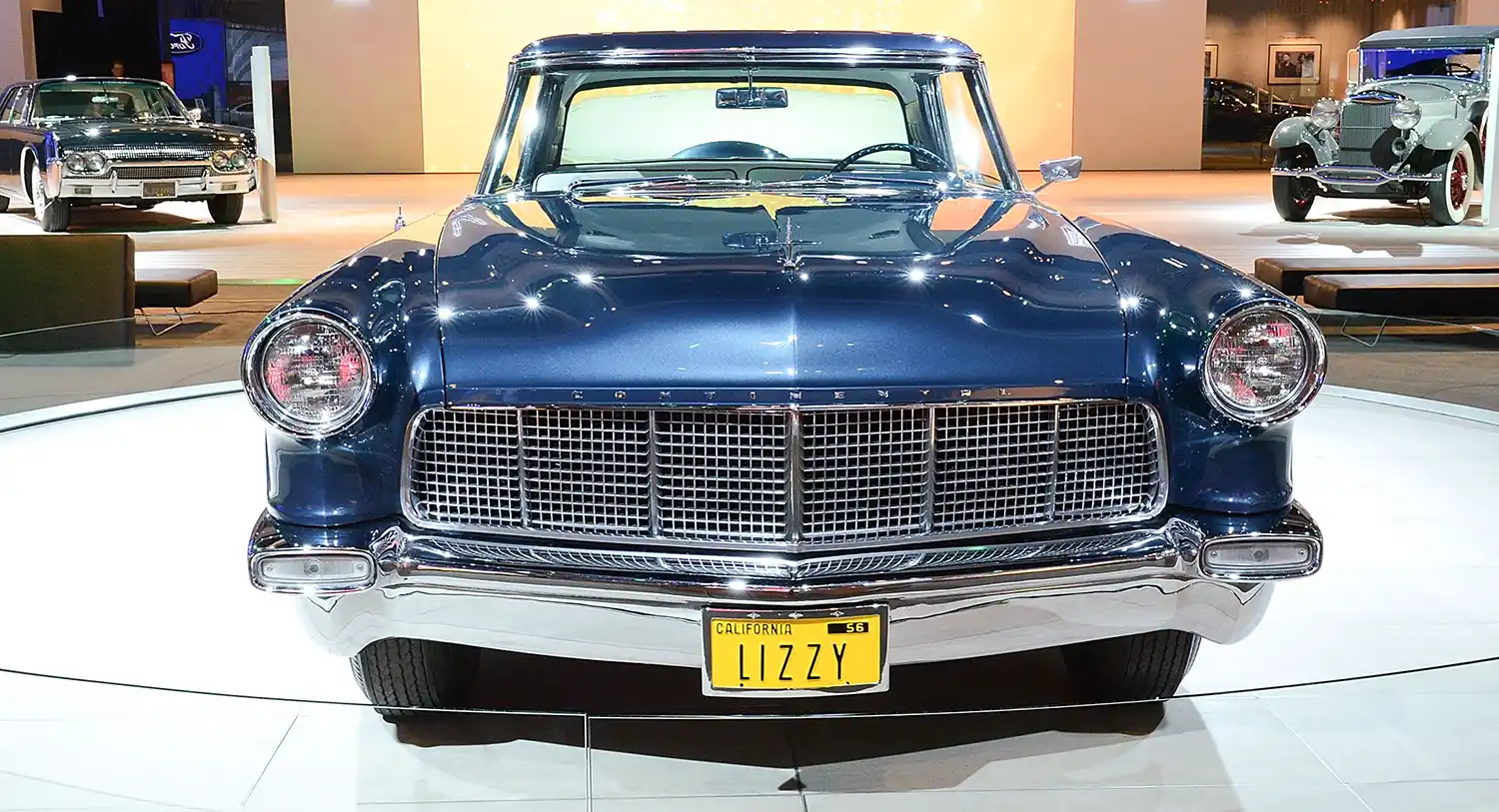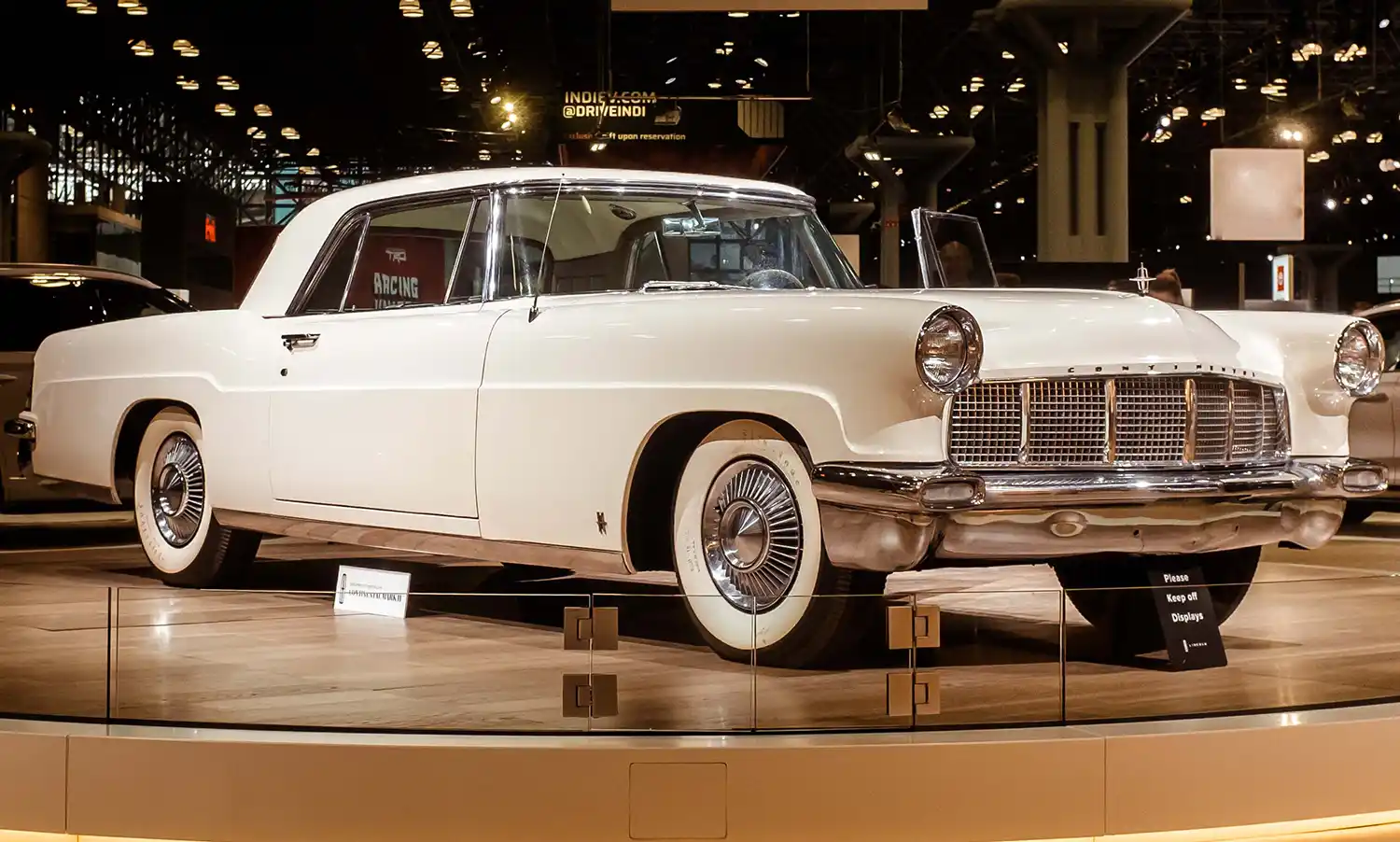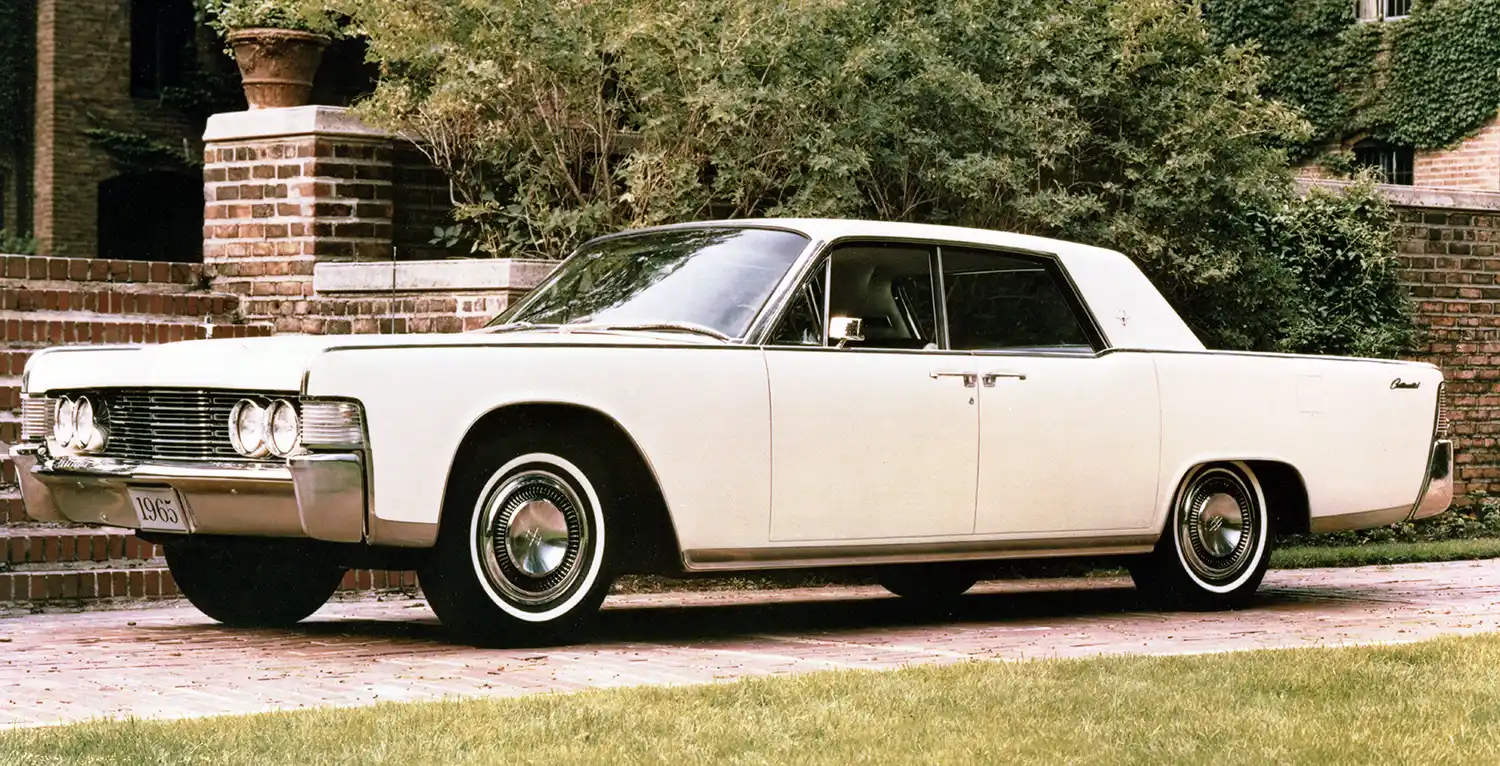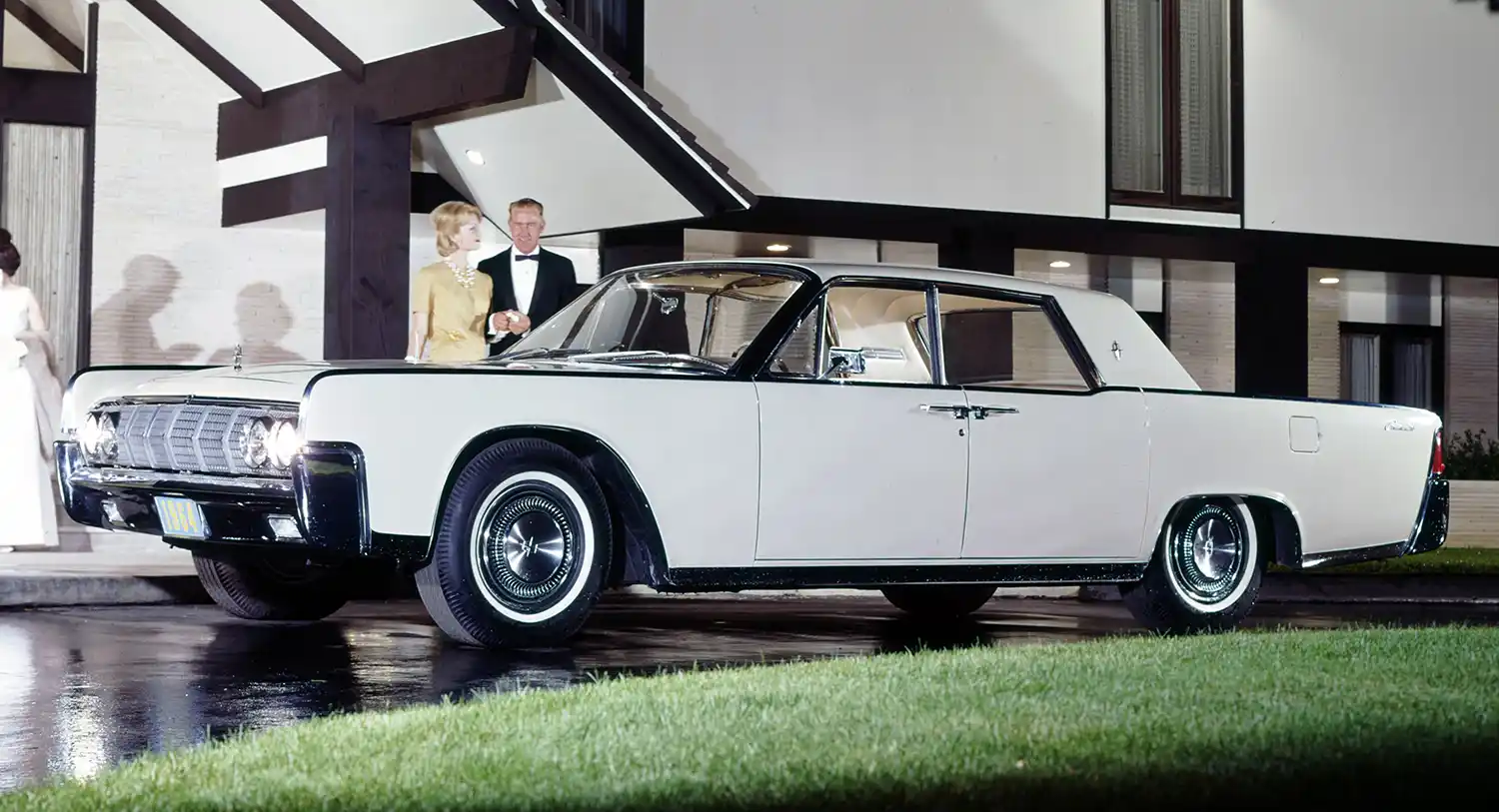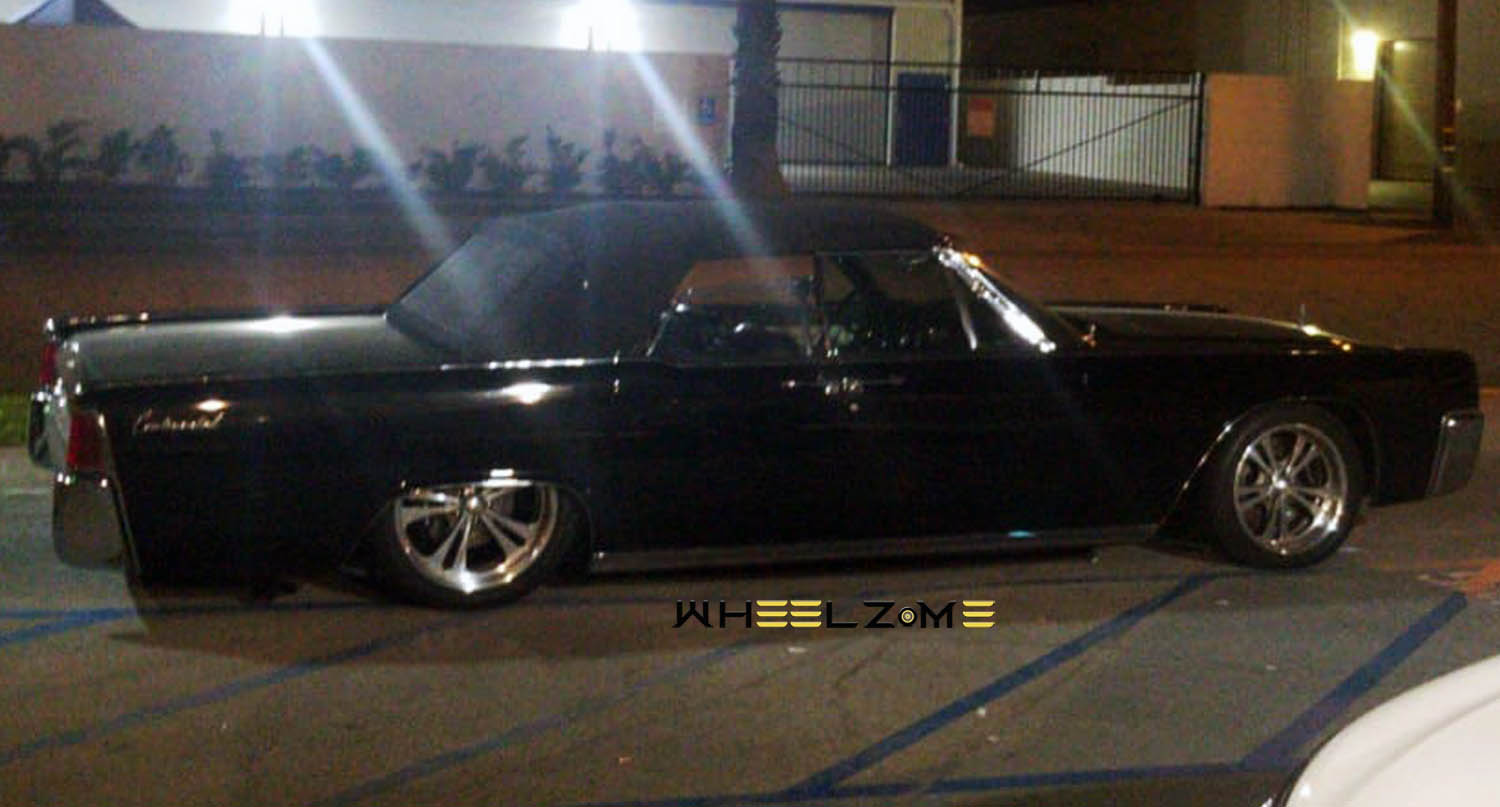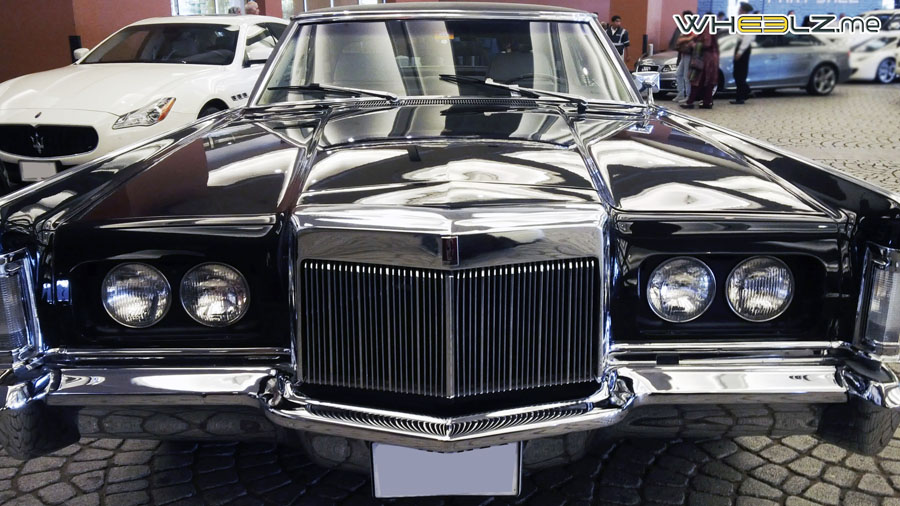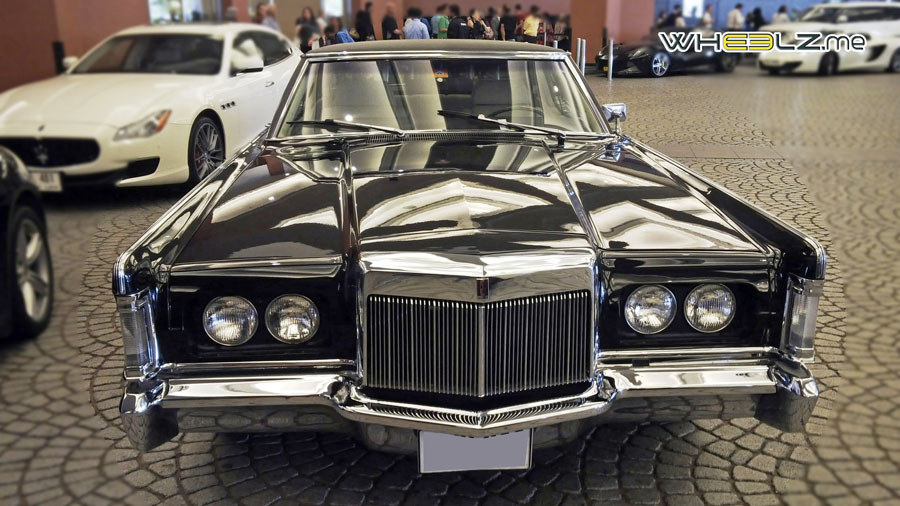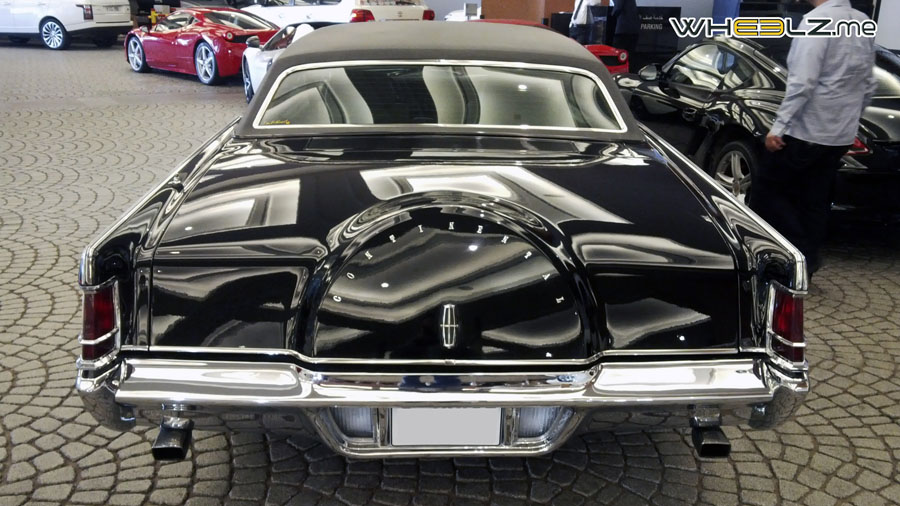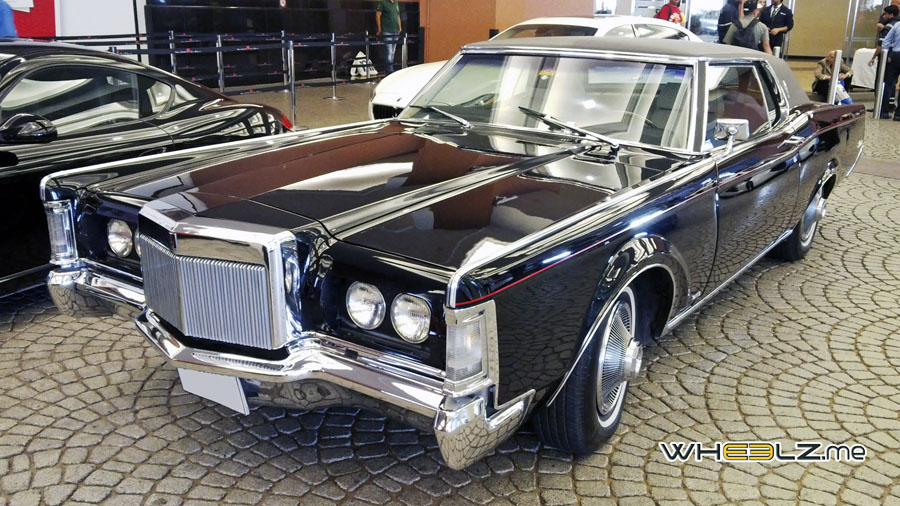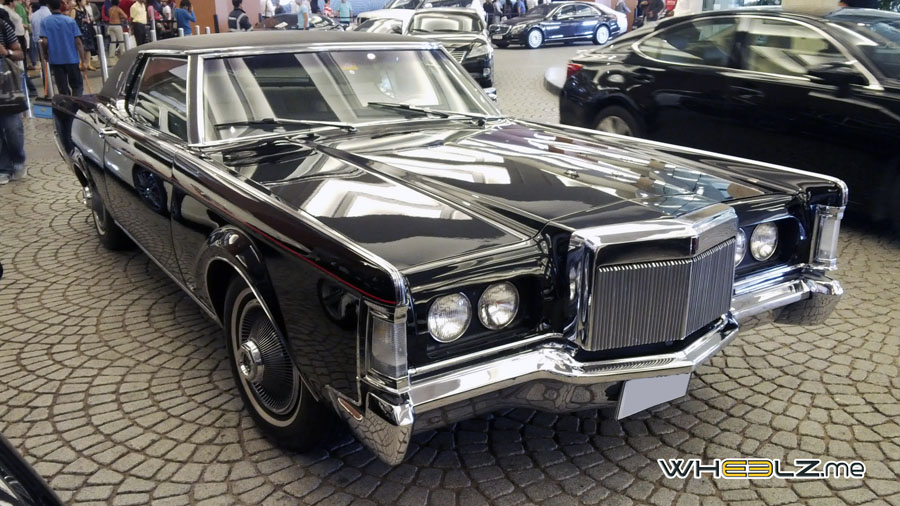
“Father made the most popular car in the world. I want to make the best car in the world.” With those words, Edsel Ford, President of the Lincoln Motor Company, stated its operating mission. In October of 1939, the Lincoln Zephyr Continental was introduced and in many ways fulfilled Edsel’s statement. The Continental was an immediate design icon and was even selected and displayed by the Museum of Modern Art in 1946 as one of the eight cars epitomizing design excellence. Architect Frank Lloyd Wright considered it “the most beautiful car in the world” and bought two. So what were the origins of the vehicle?
While the Ford Motor Company was known more for dependable transportation and the power of the V-8 engine than stylistic automobile design, Edsel wanted Lincoln to be different. In 1932, Edsel met Bob Gregorie, whose background had actually been designing yachts until the depression drove him to find work in the Detroit auto industry. Edsel, Gregorie and John Crawford, Edsel’s executive assistant and shopmaster formed a three-person design team for the Ford Motor Company and Lincoln. The inspiration of the Continental began with a trip by Edsel and Eleanor Ford to Europe in 1938. Edsel was impressed by the design and elegance of the European automobiles he saw. When he returned from the trip, he challenged Gregorie to work with him to create a new and stylish Lincoln.
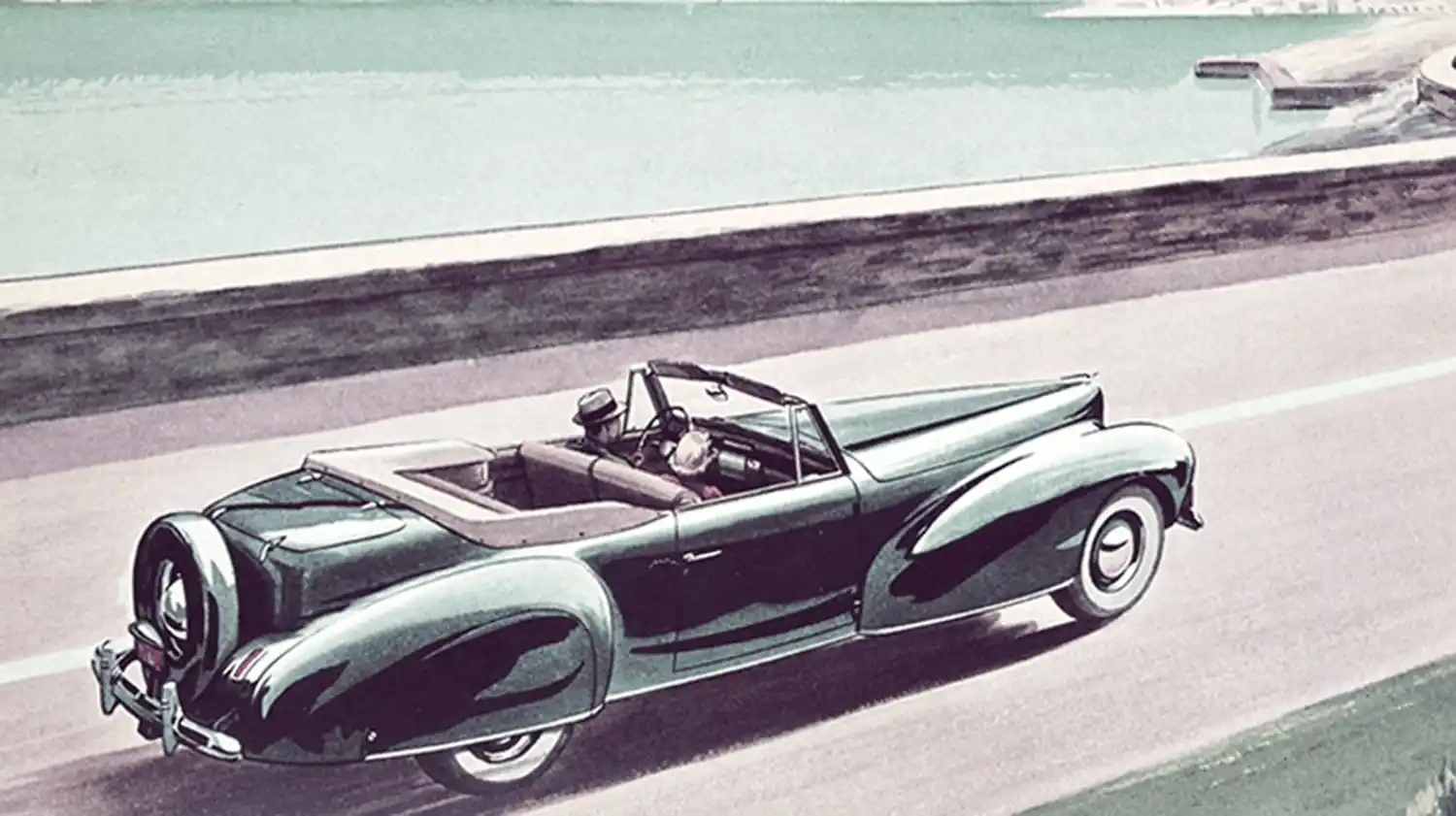
The team began with the existing Lincoln Zephyr chassis as its basis. Gregorie designed a special convertible coupe (or cabriolet, keeping with our European theme). The drawings were ready by October 1938 with a 10th scale clay model shortly thereafter. The car became a passion point for Edsel Ford as he stopped by the design studio daily to monitor the progress and offer suggestions. Gregorie later said of Edsel Ford “He had the vision. I did the work of translating his vision into workable designs.” In one instance, Gregorie wanted to hide the spare tire in the trunk, but Edsel insisted in keeping it mounted to the rear of the car to reinforce the image of a low speedy automobile. The car had that look because special panels were added to lengthen the hood by 12 inches while four inches were removed from the body to lower the car. The low, sleek Continental design was born.
By the beginning of 1939, as work on the first prototype car, then called the Lincoln-Zephyr Continental, neared completion, Edsel liked it enough to order two more for his sons, Henry II and Benson, but these were only reduced to eight inches longer and three inches lower which became closer to the future Continental standard. With that order placed, Edsel headed off to his winter home in Hobe Sound, Florida with instructions that the prototype be delivered to him there. According to legend, the car turned heads among his friends in Florida and Edsel returned to Dearborn with orders for 200 more! Sensing the demand, Edsel, Crawford and Gregorie worked on a plan to produce the cars at a greater rate.
On October 2, an assembly line was set up to begin the manufacture of the Lincoln-Zephyr Continental. By the end of 1939, 25 had been produced and were designated 1940 models. In all, 404 Continentals were produced the first model year, 350 Cabriolets and 54 Coupes. Each car was essentially hand built using Lincoln Zephyr branded trim pieces with the upholstery a combination of leather and whipcord. The cars featured a Model H V-12 Engine and prices began at $ 2,640 for either the Cabriolet or the Coupe.
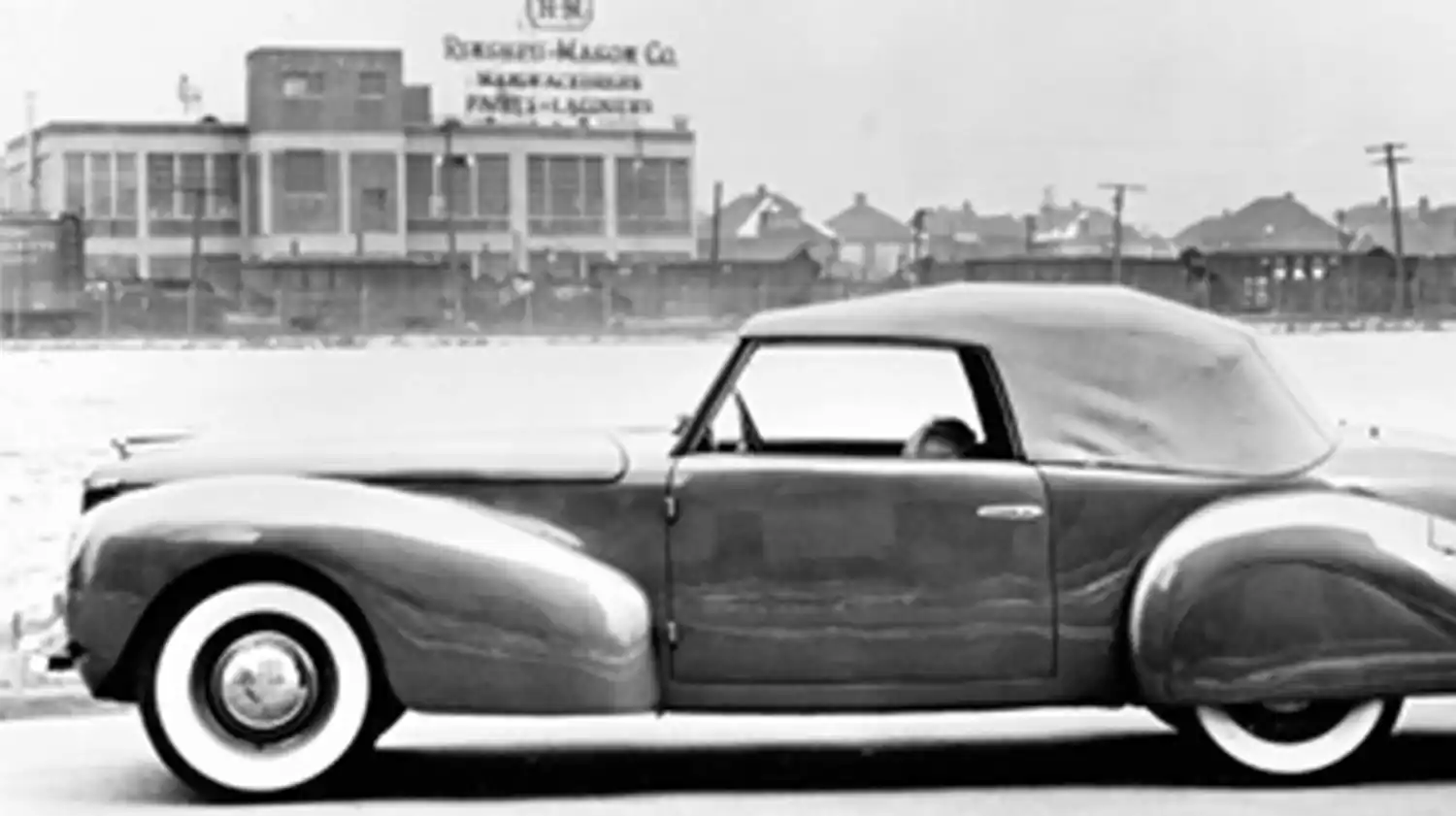
With the 1941 Model year, Zephyr was dropped from the name plate and the car was known simply as the Lincoln Continental. Upgrades and modifications on the car remained constant as the goal was always to produce the finest automobile possible. Demand for the car remained high and there were always standing orders for all of the cars produced. With the beginning of WWII and the conversion of the plants from automobiles to wartime production, the manufacture of the Continental was discontinued in 1942.
With the end of the war, the Continental was built from 1946 – 1948, but the writing was on the wall for the model. Changing tastes and production techniques made it difficult to maintain sufficient manufacturing quantities. There was no longer room in the market for a small production, highly personalized luxury automobile. In order for the Lincoln Motor Company to continue the Continental line, a total redesign from scratch would have been required, and Edsel Ford had passed away in 1943 leaving a void in vision and design and any appetite for a new model.
This first generation (later designated Mark I) of the Lincoln Continental offered driving excellence and design elegance for a generation of auto enthusiasts. Ultimately, 5,324 Continentals were produced, 3,047 Coupes and 2,277 Cabriolets all manufactured individually and hand constructed. The vision of Edsel Ford and the design expertise of Bob Gregorie led to one of Detroit’s classic cars. When the Lincoln Continental Mark II was introduced in 1955, it lived up to the standards of design and excellence envisioned by Edsel Ford, but that is the story of another car for another day.
source: ford.com
